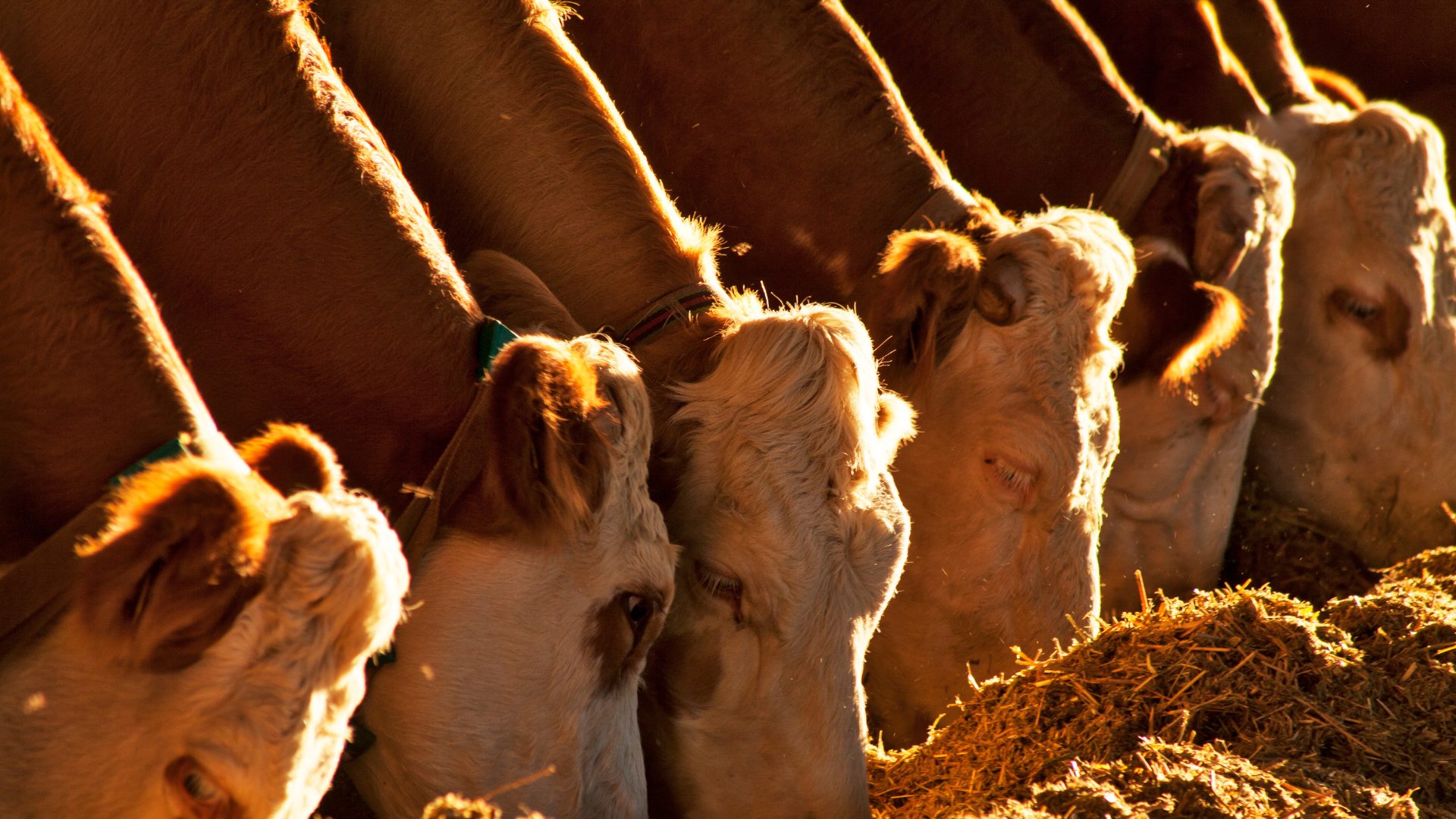The Trump administration’s push to deport undocumented immigrants has left some farmers unable to plant and harvest crops in California and elsewhere, Reuters reported.
Sixth-generation farmer Lisa Tate estimated 70% of her workforce has failed to show up, fearing raids by U.S. Immigration and Customs Enforcement.
“If 70% of your workforce doesn’t show up, 70% of your crop doesn’t get picked and can go bad in one day. Most Americans don’t want to do this work,” Tate told Reuters. “Most farmers here are barely breaking even. I fear this has created a tipping point where many will go bust.”
Farming is a more than $1.5 trillion industry, and estimates indicate 70% of the workforce is made up of migrant workers. Of that 70%, 40% are undocumented, and fear of ICE apparently is keeping even those in the U.S. legally out of the fields.
Experts said the lack of workforce likely will lead to shortages and price hikes.
During a visit July 1 to the site of “Alligator Alcatraz” in Florida, where the administration is planning a detention center, President Trump said the administration is working on exemptions for farmworkers and hotel workers, as long as employers can vouch for them.
“We will take care of our farmers and hotel workers and various other people. We are working on it right now,” Trump said, adding that Florida Gov. Ron DeSantis and Homeland Security Secretary Kristi Noem will be involved in the process.
“We have a case – we have a lot of cases – where ICE will go into a farm, and a guy has been working there 10-15 years. The farmers know them. It’s called farmer responsibility – owner responsibility.”
Trump said a system will be put into place where the workers will be registered and pay taxes, but they won’t be allowed to become citizens. He said he doesn’t want a situation where there will be no workers in the fields.
Nonetheless, migrants are reluctant to take the chance of being hauled off to detention.
“Nobody feels safe when they hear the word ICE, even the documented people. We know that the neighborhood is full of a combination of those with and without documents,” central California farmer Greg Tesch told Reuters.
“If things are ripe, such as our neighbors have bell peppers here, (if) they don’t harvest within two or three days, the crop is sunburned or over mature,” said Tesch. “We need the labor.”
Meanwhile, in Other Agriculture News:
New World Screwworm: The USDA announced a new facility to produce millions of sterile flies to prevent the New World screwworm from spreading northward. Ground was broken in June on an $8.5 million fly dispersal facility at Moore Air Base in Texas. The USDA already has renovated a fruit fly production facility in Metapa, Mexico, which will produce 60 million to 100 million sterile flies a week. More than 100 million already are produced weekly in Panama.
Lifestyle Farms: Small to mid-size farms need to balance multiple income streams and leverage time to build sustainable operations, wrote David Kohl, professor emeritus of agricultural and applied economics at Virginia Tech, in Farm Progress.
Some 80% of agriculture output comes from large, consolidated operations, leaving little room for small operators, what Kohn dubbed lifestyle farmers, outside jobs need to be balanced with on-farm responsibilities. Kohl said the result in more innovation and creativity in incorporating technology with human resources.
Crop Insurance: Farmers growing anything but the nation’s four major crops – corn, soybeans, wheat and cotton – are finding it difficult to tap into the federal crop insurance program, the Chicago Tribune reported. In Illinois, for example, just 10 policies were sold to specialty crop farmers last year. By contrast, 147,000 were sold to corn and soybean farmers.
Ed Dubrick, who worked at a crop insurance agency for two years while setting up his fruit and vegetable farm about 100 miles south of Chicago, told the Tribune the system for obtaining coverage is too complicated.
The Food Institute Podcast
Several economic headwinds indicate the consumer is being financially stretched, but we all need to eat – so what are consumers actually buying at the grocery store? Nik Modi of RBC returns to The Food Institute Podcast to discuss channel differentiation, consumer product selection, and other macro trends.











